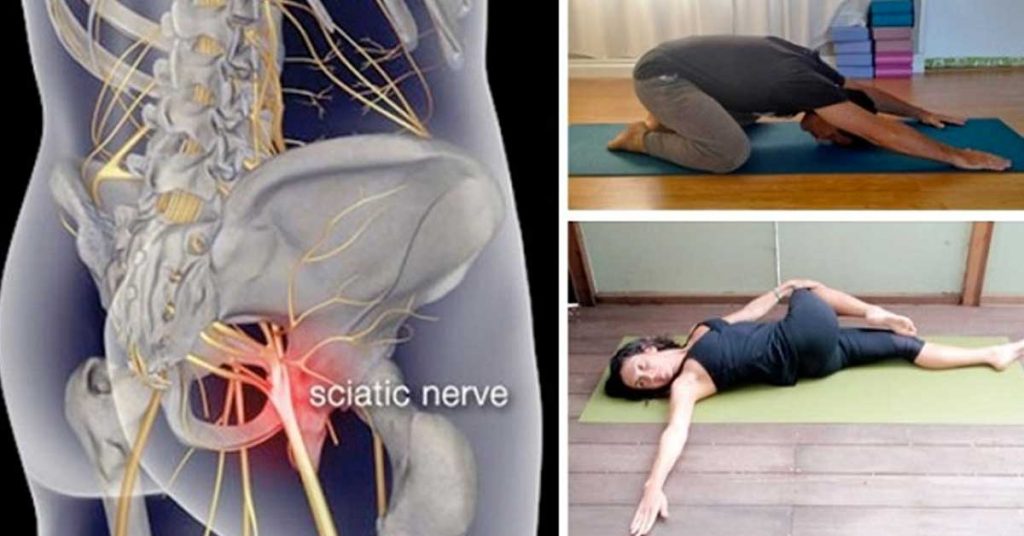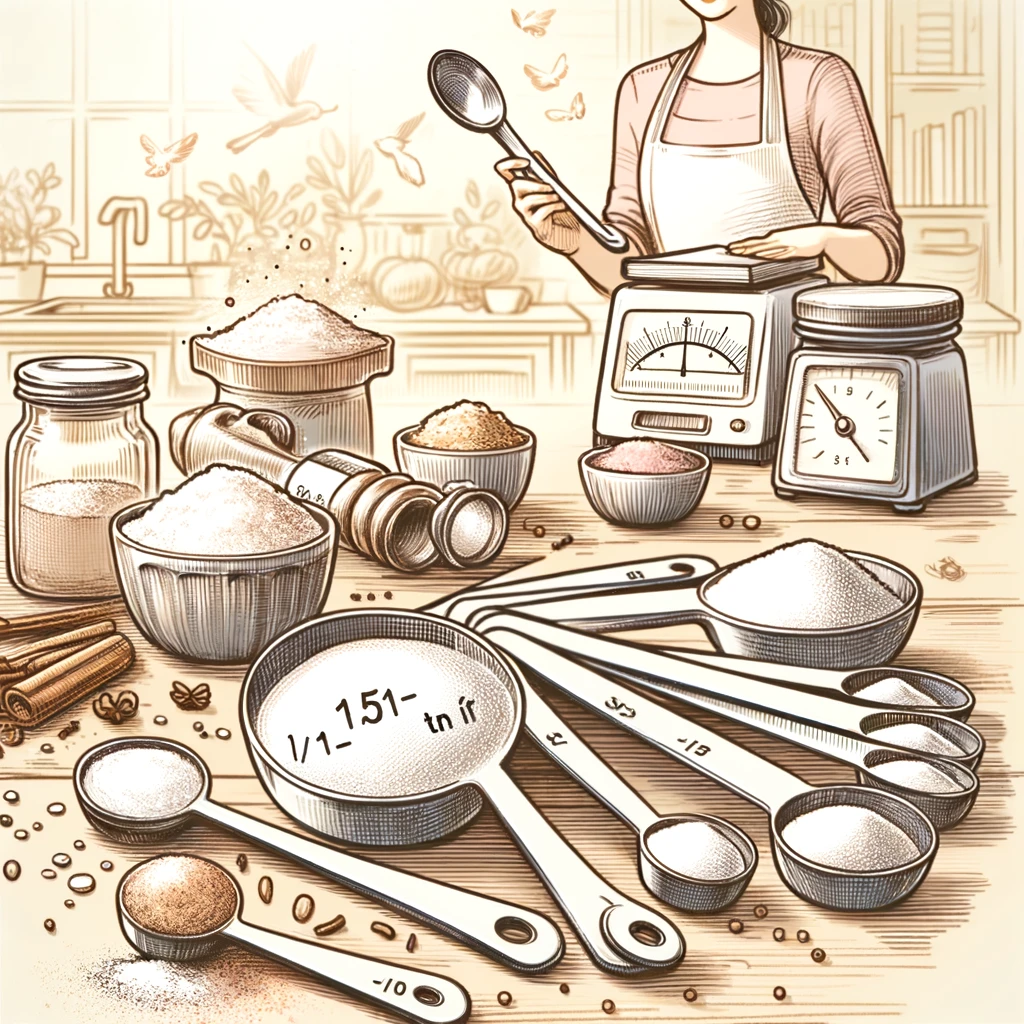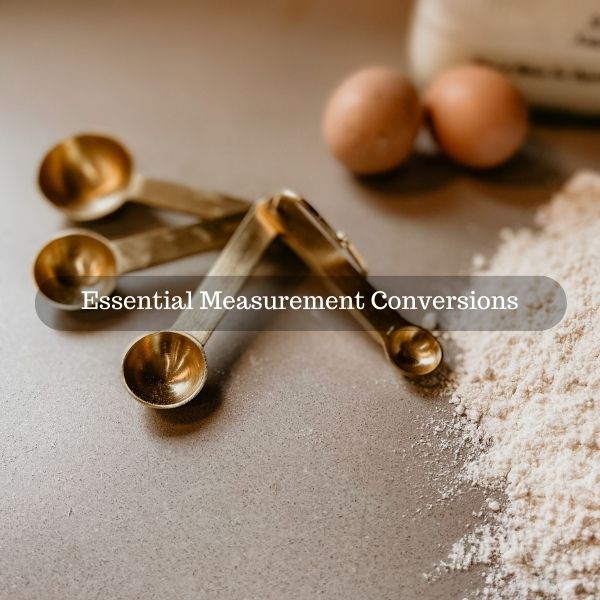We have about a 40% chance of experiencing some sciatica pain during our lives. The sciatic nerve is the longest nerve in our body, running from the base of the spine right down through the thigh and calf muscles, all the way to the foot. Signs of sciatica can be as simple as a tingling or numbness anywhere in your buttocks, legs or feet, or it can manifest as severe pain in those areas.
Sciatica can also cause unexpected weakness in the legs, reduced reflexes in your achilles tendon and knee, and reduced flexibility in your ankles. Perhaps the most common is a pinching sensation in the butt or legs as you walk. Fortunately, there are some yoga stretches which can significantly ease the discomfort of sciatica. We’ve selected nine of the simplest poses that even yoga novices will be able to master.
1) Standing back twist.
The versatility of this pose makes it one of the most useful. You can take a quick break from your desk at work to do it – all you need is a chair or something else to elevate your foot. Make sure you turn in the direction of your raised leg.
2) Knee raise.
Lie on your back and bring one knee up to your chest while keeping the other leg straight on the floor. Try to press your raised leg to your chest as firmly as you can, and hold the position for at least thirty seconds. Make sure your shoulders are flat on the floor.
3) Reclining big toe pose.
An elastic strap is ideal for this one but you can also use a thin towel, or a belt from a robe. Place it around the ball of your foot and straighten that same leg up towards the ceiling. Keep your toes flexed back towards you – don’t point your toes – and keep your buttocks firmly on the floor. Note that you might find it hard to keep your leg fully extended and that’s okay – keep it as straight as you can, and your flexibility will improve over time. When you lower your leg, bend at the knee first, lower it to your chest, and then straighten your leg to the floor. It’s easier on your back that way.
4) The single leg twist.
Lie on your back and drape one knee over the other leg, which you should hold straight. Place your closest hand on the bent knee and then turn your upper body to face in the opposite direction.






